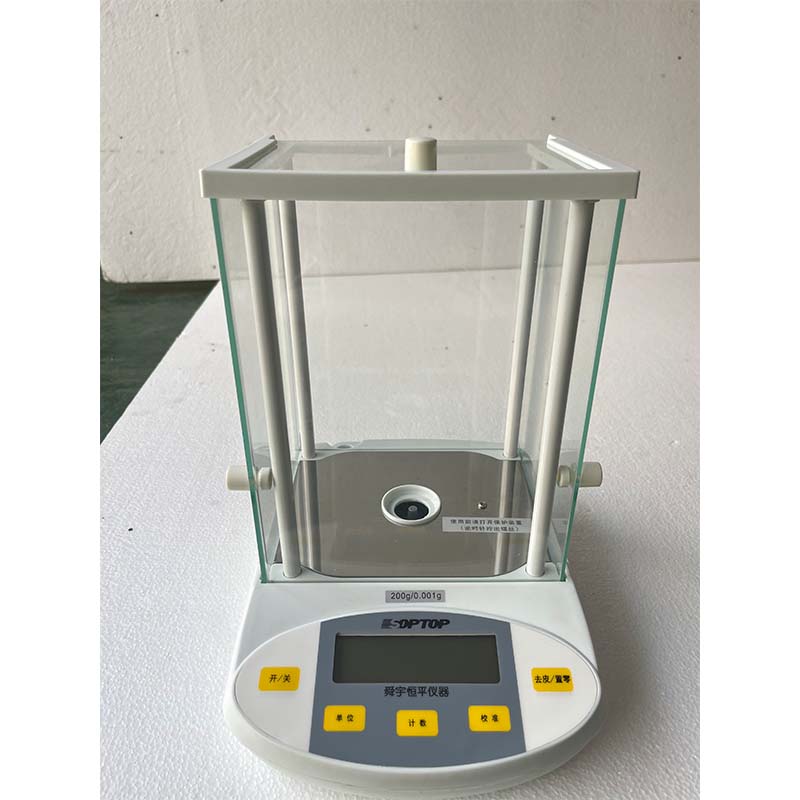UV Crosslinking Equipment Manufacturing Solutions for Enhanced Performance and Quality
The Importance of UV Crosslinking Equipment in Modern Manufacturing
In today’s fast-paced industrial landscape, the need for efficiency and precision has led to the development of specialized technologies that enhance production quality. One of the most significant innovations in this regard is UV crosslinking equipment. Designed to cure or harden various materials, UV crosslinking technology has revolutionized processes across multiple sectors, including coatings, adhesives, and polymers. This article delves into the functionality, applications, and benefits of UV crosslinking equipment, emphasizing its importance in contemporary manufacturing.
Understanding UV Crosslinking
UV crosslinking refers to the process where ultraviolet (UV) light is used to initiate a chemical reaction that bonds polymers together, creating a more robust and durable material. During the curing process, UV light causes the photo-initiators present in the material to generate free radicals, leading to crosslinking of the polymer chains. This results in an end product that exhibits enhanced mechanical properties, chemical resistance, and thermal stability.
Key Features of UV Crosslinking Equipment
UV crosslinking equipment varies in design and function, catering to specific industrial needs. Common features include adjustable UV lamps, conveyor systems for continuous processing, and sophisticated controls that regulate exposure time and intensity. Advanced models also incorporate safety mechanisms, such as shielding and automatic shut-off systems, to ensure safe operation in industrial environments.
One particular innovation is the development of LED UV curing equipment, which provides a more energy-efficient alternative to traditional mercury vapor lamps. LED technology offers several advantages, including lower heat generation, longer lifespan, and faster startup times. This has made LED-based UV crosslinking equipment increasingly popular in various applications.
Applications Across Industries
uv crosslinking equipment factory

The versatility of UV crosslinking equipment makes it applicable across a range of industries. In the coatings sector, UV curing technology is used to produce high-performance finishes on wood, metal, and plastic surfaces. These coatings provide superior adhesion, scratch resistance, and gloss, making them ideal for furniture, automotive, and industrial applications.
In the adhesive industry, UV crosslinking enables the production of fast-curing adhesive formulations that bond materials instantaneously. This is particularly advantageous in the assembly of electronic devices, where rapid curing times contribute to increased production efficiency.
Furthermore, the printing industry benefits from UV crosslinking technology through the development of UV-curable inks. These inks harden upon exposure to UV light, resulting in vibrant prints with excellent durability that are less prone to smudging or fading.
Benefits of UV Crosslinking Technology
The adoption of UV crosslinking equipment brings several advantages to manufacturers. Firstly, the curing process typically occurs at room temperature, reducing energy consumption and minimizing the environmental impact associated with high-temperature curing methods. Additionally, UV crosslinking enables faster production cycles, as the curing process can take mere seconds, allowing for increased throughput and productivity.
Moreover, UV-cured products often demonstrate superior physical and chemical properties, making them suitable for demanding applications. The long-lasting nature of these materials translates to improved product longevity and customer satisfaction.
Conclusion
UV crosslinking equipment represents a vital advancement in manufacturing technology that aligns with the contemporary demand for high-quality, durable products. As industries continue to evolve, the importance of efficient, reliable processing methods will only increase. The diverse applications, along with the economic and environmental benefits associated with UV crosslinking, underscore its integral role in modern production. As manufacturers embrace these innovations, UV crosslinking technology will undoubtedly continue to shape the future of manufacturing across various sectors.
-
Why the Conductor Resistance Constant Temperature Measurement Machine Redefines Precision
NewsJun.20,2025
-
Reliable Testing Starts Here: Why the High Insulation Resistance Measuring Instrument Is a Must-Have
NewsJun.20,2025
-
Flexible Cable Flexing Test Equipment: The Precision Standard for Cable Durability and Performance Testing
NewsJun.20,2025
-
Digital Measurement Projector: Precision Visualization for Modern Manufacturing
NewsJun.20,2025
-
Computer Control Electronic Tensile Tester: Precision and Power for the Modern Metal Industry
NewsJun.20,2025
-
Cable Spark Tester: Your Ultimate Insulation Assurance for Wire and Cable Testing
NewsJun.20,2025
 Copyright © 2025 Hebei Fangyuan Instrument & Equipment Co.,Ltd. All Rights Reserved. Sitemap | Privacy Policy
Copyright © 2025 Hebei Fangyuan Instrument & Equipment Co.,Ltd. All Rights Reserved. Sitemap | Privacy Policy
